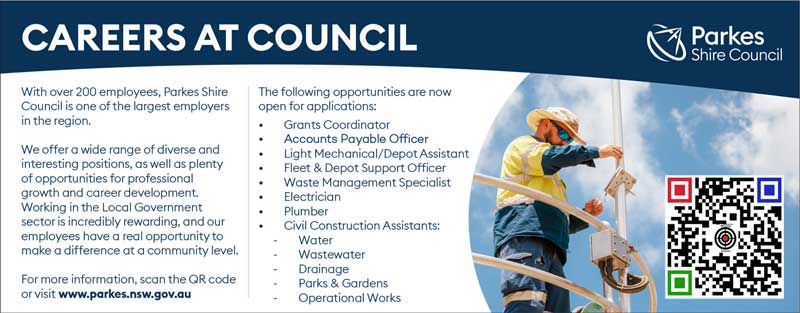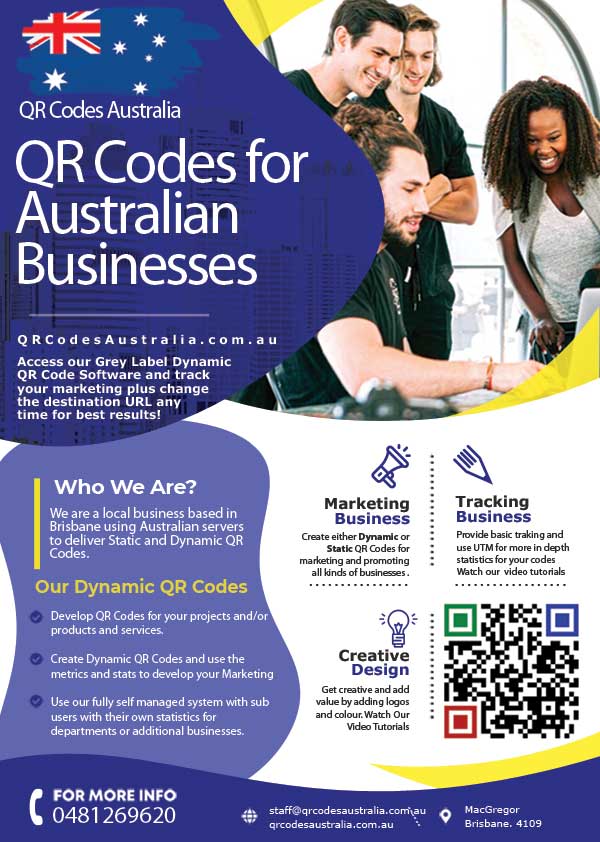The Power of QR Codes for Government for both Local and State Government Marketing
While QR codes are not entirely new, their potential is being rediscovered and optimized, especially in government sectors. The blend of traditional marketing materials with the digital realm offers an effective, cost-saving, and user-friendly solution. QR Codes for Government offers so many new options to transition from traditional marketing to digital.
From Local Events to Statewide Campaigns
Local governments, like town councils or city boards, can effectively use QR Codes for Government for community events, local ordinances, or even garbage collection schedules. Imagine walking into your local park and being able to scan a code that offers an interactive map or updates about events right at your fingertips. QR Codes for Government can provide this interactivity.
On the other hand, state governments, which often deal with larger audiences and broader issues, can utilize QR codes for vast campaigns. Whether it’s about tax collection, health advisories, or statewide election processes, QR Codes for Government can guide citizens to vast digital resources, ensuring they stay informed and engaged.
Why Traditional Print Isn’t Enough
The Limitations of Print Alone
While printed brochures and signage have been the cornerstone of local government marketing for years, they come with limitations. How often have you seen a beautiful brochure with outdated information, or a sign pointing to a now non-existent website? QR Codes for Government can change all this.
QR Codes For Government enables departments to use dynamic QR Codes which would extend the life of all printed material as you can cha nge the destination of the Qr Code unlimited times. You also get the added benefit of seeing stats for each of the QR Codes so you can determine the effectiveness of the material.
The Digital Age Advantages
Enter the digital age! Digital content is dynamic, accessible, and can be updated in real-time. It’s like having a live conversation with your audience instead of sending them a letter. There are many fifferent areas where QR Codes for Government can be used in all departments.
Major government responsibilities include schools, hospitals, conservation and environment, roads, railways and public transport, public works, agriculture and fishing, industrial relations, community services, sport and recreation, consumer affairs, police, prisons and emergency services. All of these require the piublic to be advised of various information. Uing QR Codes for Government can help alliviate this problem.
QR Codes in Brochures or Flyers or Products
As you can see we practice what we preach. We include a dynamic QR Code in our brochures to see how effective our marketing is.
The beauty is if it is not performing well we can change it from our website to our YouTube channel, Add a coupon, go for likes on our Facebook or Instagram pages or even link to a Zoom meeting etc.
We have produced an A4 brochure you can download and print for meeting etc.
The A4 Brochure can be downloaded PDF here and is only 700KB
This is a great resource for showing your team what is happening and also to keep in your filing system for later reference.
This new way of providing a brochure of our business should help in your decision making and also allows you to research our product with no obligation. You can then go through our site to get more detailed information or give us a call.
Local councils also have a wide range of responsabilities where this process can be used.
- providing and managing public recreational facilities (like parks, bike paths and libraries)
- maintaining local roads
- town planning and development approvals
- animal management and waste disposal.
- land use
- residential and commercial development
- water and sewerage infrastructure
- park locations and extensions.
But how do we blend the old with the new? That’s where QR codes come into play.
The Emergence of QR Codes
Brief History of QR Codes
Picture this: Japan, 1994. A company wanted a barcode that could hold more information and be scanned faster. And just like that, the QR code was born. But who knew it would become a game-changer for governments around the world?
Certainly! Both QR codes and barcodes are methods of storing information in a way that can be quickly and easily scanned, but they have distinct differences:
Barcode:
- Dimension: Barcodes are one-dimensional, meaning they store information in a single horizontal line.
- Appearance: They typically look like a series of vertical lines (stripes) of varying widths.
- Data Capacity: Barcodes generally hold a limited amount of data, usually a number that references a specific product in a database.
- Common Uses: Widely used in retail for product tracking, pricing, and inventory management.
- Scanner: Requires a specific barcode scanner, usually in the form of a handheld device or integrated system.
QR Code (Quick Response Code):
- Dimension: QR codes are two-dimensional, meaning they store information both horizontally and vertically.
- Appearance: They are square and consist of a matrix of small squares or dots.
- Data Capacity: Can store a significant amount of data, including text, URLs, and other information. This allows them to be more versatile in application.
- Common Uses: Widely used for a range of applications, including marketing, ticketing, product labeling, and mobile payments.
- Scanner: Can be scanned using a smartphone or tablet camera, making them more accessible for general consumers.
In essence, while barcodes are primarily for product identification in retail settings, QR codes offer a more versatile tool for various digital interactions, including linking to web content, due to their higher storage capacity.
How QR Codes Bridge the Gap
A QR code on a printed brochure or sign acts as a bridge to the digital world. With a quick scan from a smartphone, people can access vast amounts of updated digital content.
Benefits of Integrating QR Codes with Print
Ease of Use
No apps needed! Modern smartphones can scan QR Codes directly from the camera. It’s as simple as point, scan, and voila! Instant access to a digital world.
Increased Engagement
Remember the excitement of discovering something new? That’s the thrill a QR code can bring. It’s like a treasure hunt where printed media is your map and digital content the treasure.
Real-time Updates
Gone are the days of reprinting brochures because of a tiny error. Update the linked digital content in real-time without touching the printed material with dynamic QR Codes.
Real-World Applications
Councils Embracing Digital Integration
From city events to waste management schedules, councils are embedding QR codes to offer citizens a seamless experience. A physical calendar with a QR code can now link to an updated digital version.
Success Stories in Government Marketing
Consider a state park with printed maps. By scanning a QR code, visitors can get real-time updates on trail conditions, animal sightings, or even guided digital tours! Many councils are also using them to link to DAs, development applications online.

Future of QR Codes in Public Services
Adapting to Technological Trends
As technology evolves, so will the ways in which governments and councils interact with their communities. QR codes, augmented reality, or whatever comes next, staying updated is crucial.
Potential Challenges Ahead
Every silver lining has a cloud. Governments will need to ensure digital content accessibility, privacy concerns, and keep up with rapid technological changes.
In conclusion, the integration of QR codes with printed media by state governments and councils isn’t just a fad. It’s a forward-thinking approach to engage with the community and adapt to the digital age.
FAQs:
- What are QR codes?
- QR codes, or Quick Response codes, are two-dimensional barcodes that can store a variety of information, including URLs.
- Why are governments using QR codes?
- To bridge the gap between traditional print media and dynamic digital content.
- Do I need a special app to scan a QR code?
- Most modern smartphones can scan QR codes directly from the camera, without any special apps.
- Is the information linked to a QR code permanent?
- No, the beauty of QR codes in marketing is that the linked digital content can be updated in real-time.
- How secure are QR codes?
- Like any digital tool, security is essential. Always ensure you’re scanning codes from trusted sources.
Embrace the shift, and the next time you see a QR code on a government brochure or sign, give it a scan! You might just discover something amazing.


